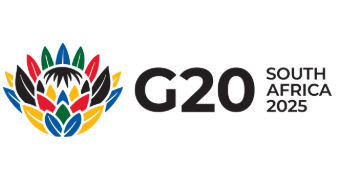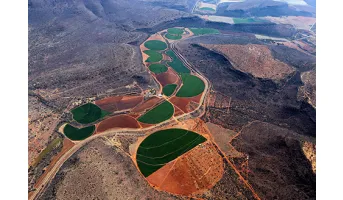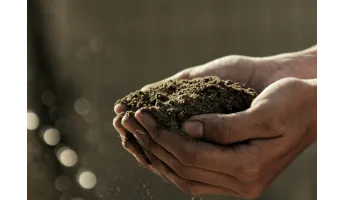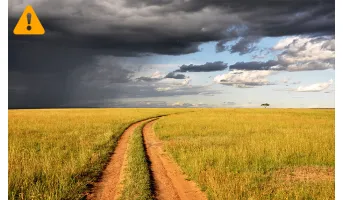![]()
Goal 2: Zero Hunger
End hunger, achieve food security and improved nutrition and promote sustainable agriculture
After a prolonged decline, world hunger appears to be on the rise again. Conflict, drought and disasters linked to climate change are among the key factors causing this reversal in progress.
















































